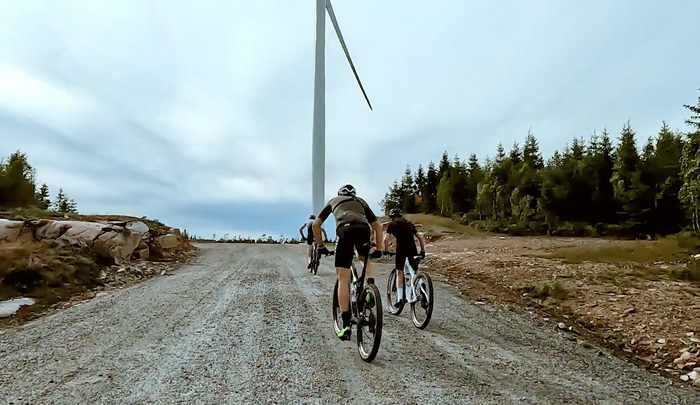The path to homegrown energy
By working together to transform the future of clean energy, your local community receives wide-ranging benefits.
Contact us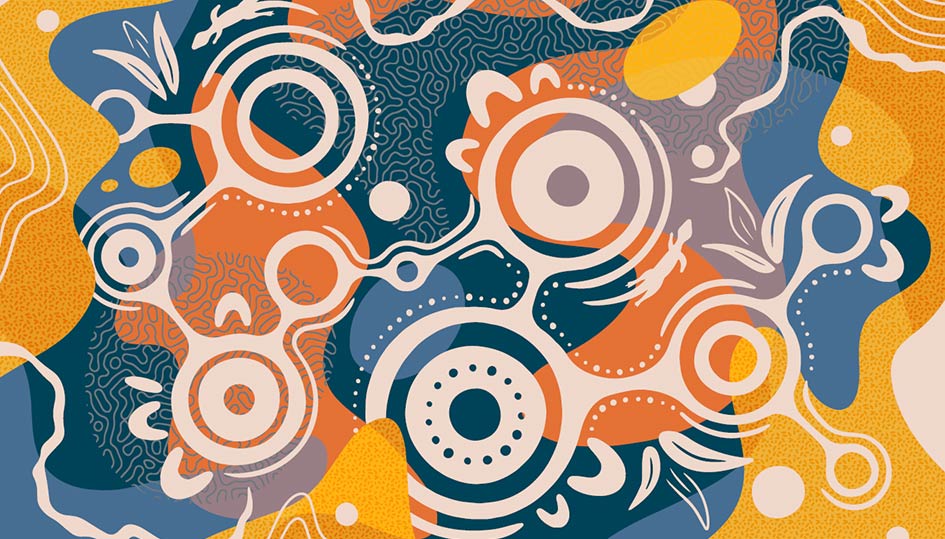
Our engagement ethos
By connecting with local communities and First Nations peoples, we build long-lasting and meaningful relationships designed around specific needs.
Understanding and responding to concerns is a vital part of the development process, so we maintain constant communication, ensuring you know what’s happening and when.
The Origins Working Group consulted with First Nations Artist, Lawson Dodd, to develop a piece of bespoke artwork for our Reconciliation Action Plan. Lawson describes his piece for RES as follows:
“The large central element used in the RES artwork was created by Lawson Dodd (Kaurna, Narungga, Ngarrindjeri) and is made up of traditional and contemporary First Nations symbology. The large circular shapes are traditionally used to represent gathering/meeting places.
The symbolism shown in this piece is a series of interconnected meeting places which represent communities of diverse sizes and cultural backgrounds. The small arch-like shapes represent the people and communities within RES working together and contributing to energy production. Together these elements reflect a large power network grid that connects everyone.
I have also included some aspects of nature relating to the sacred lands on which RES operates; the golden tail gecko, QLD Bottle tree leaves and kangaroo tracks which represent growth and forging ahead.”
Why RES?
Successful collaboration helps your community realise the long-term economic and environmental benefits that access to zero carbon power will bring.
By listening, discussing, and working together, we can build clean energy project proposals that power positive change for everyone.
Local employment opportunities
Clean energy projects help create local jobs and opportunities.
Accessing affordable clean energy
Increasing access to cost-effective forms of new energy generation.
Minimal impact
Protecting the environment while maximising renewable generation.
Local economic investment
Investment in local communities, municipalities, and infrastructure projects.
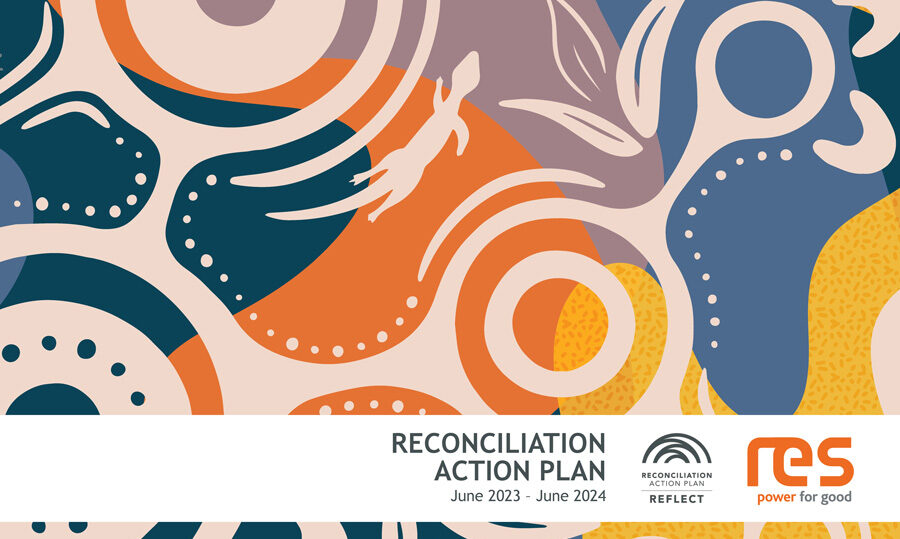
Reconciliation Action Plan
Reconciliation Australia welcomes RES Australia to the Reconciliation Action Plan (RAP) program with the formal endorsement of its inaugural Reflect RAP.
RES Australia joins a network of more than 2,200 corporate, government, and not-for-profit organisations that have made a formal commitment to reconciliation through the RAP program.
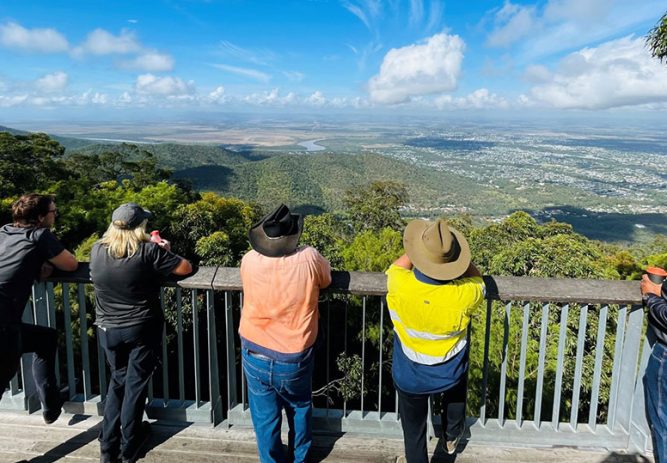


This project is a shining beacon for good community engagement compared to other BESS projects proposed in the region who aren’t engaging with the community at all. RES have engaged for over a year now and should be commended.
Brandy Hill
Technologies
Through our approach to delivering wind, solar, energy storage and green hydrogen projects, we’re helping to deliver a clean energy future.
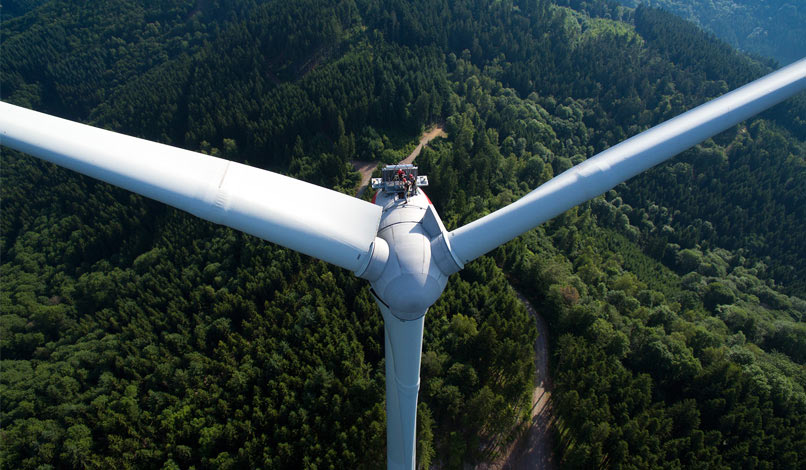
Delivering both onshore and offshore wind projects, carefully balancing safety, cost, risk, and opportunity to drive best-in-class results.
Learn more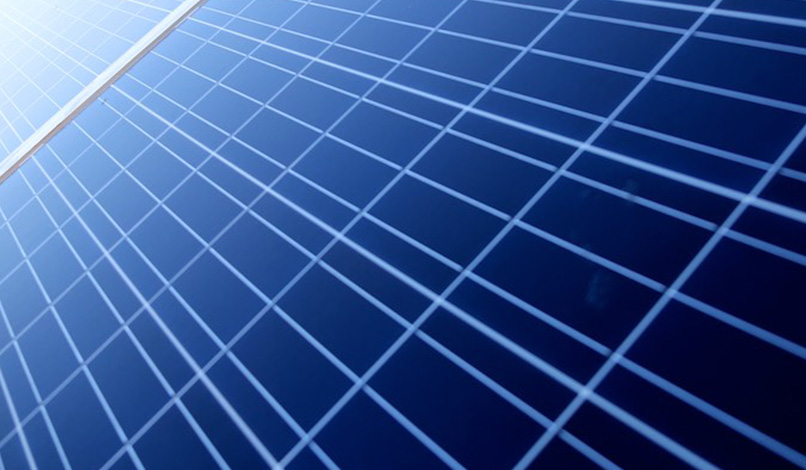
Using our wealth of industry experience to develop, build and operate high performing utility scale solar farms.
Learn more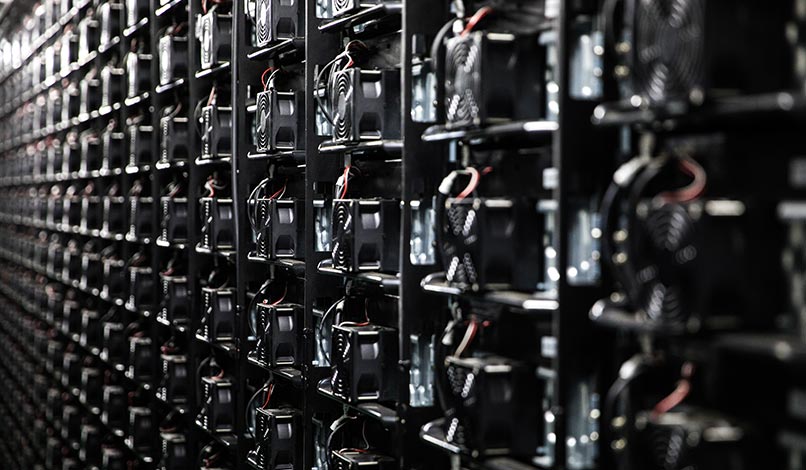
Powering flexible ways to facilitate clean energy using our innovative energy storage solutions.
Learn more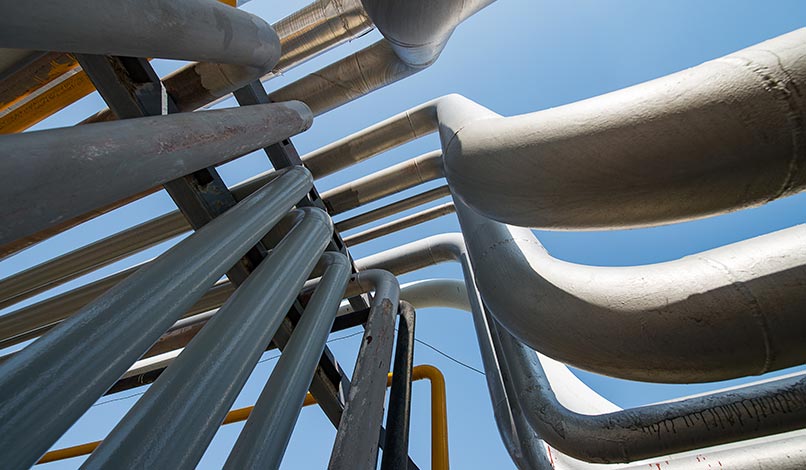
Helping decarbonise industry by delivering green hydrogen plants fuelled by clean energy.
Learn more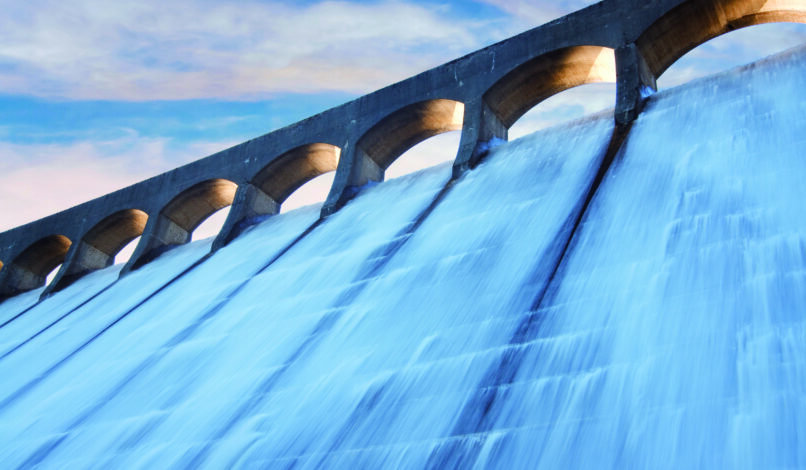
Using our global experience to maximise the performance and ensure the longevity of our customers assets.
Learn more
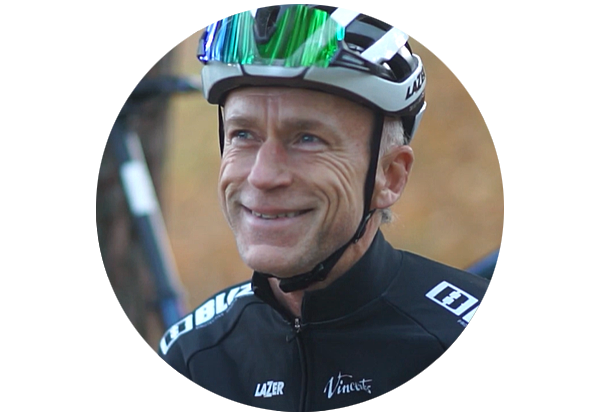


It means a lot to me to have an area so close to me, here in Alingsås, where you can ride a bike or you can hike and run without problems.
Börje Skoglund
Local mountain biker
Rödene Wind Farm is just one example of how we listen to communities and build projects which bring a range of benefits. It is located in Southern Sweden, in the municipalities of Alingsås and Vårgårda. Surrounded by picturesque lakes and forests, the community enjoys access to hike, run and mountain bike on the paths surrounding the wind farm.
A total of 13 wind turbines produce enough to power the equivalent of 40,000 Swedish homes every year, which equates to the entire population of the Alingsås municipality. It also avoids the equivalent of an estimated 230,000 tonnes CO2 emission per annum.
The new footpaths and tracks across the wind farm have enabled greater access to the countryside which are frequently used by locals for a variety of outdoor activities.
By working closely with local communities RES bring the benefits of clean, affordable energy to local residents whilst being sensitive to the local environment and the social needs of the people who live there.
